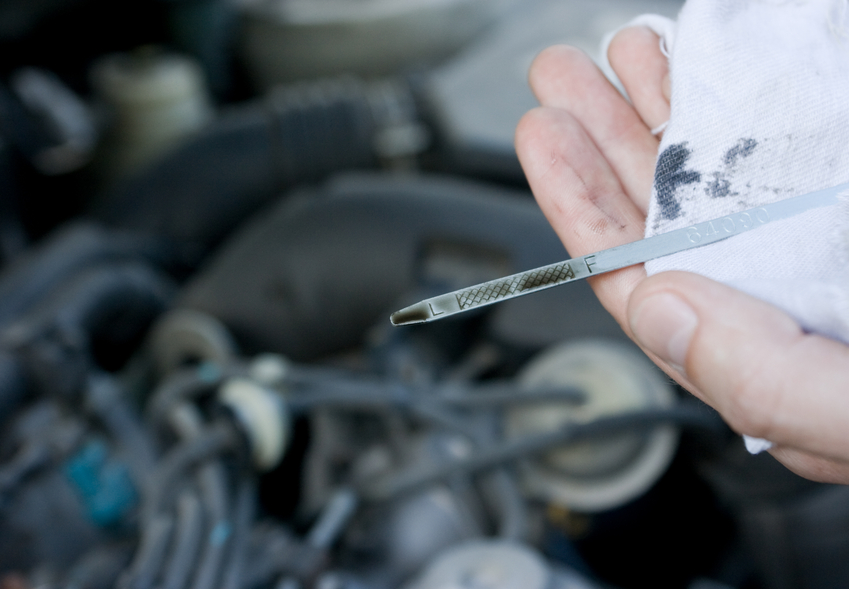
A smoking car never indicates a good thing, but how bad it is may depend on the underlying cause. Not only are you at risk of being left stranded on the side of the road, a smoking car may develop more serious damage if you delay visiting your mechanic. Even if the smoke isn’t indicative of a problem, you’re spewing pollutants into the air and you’ll never pass Department of Environmental Quality testing. Here are some tips for diagnosing your car’s bad smoking habit.
Smoking from the Tailpipe
If smoke is coming from your car’s tailpipe, it may be difficult to determine whether what you’re seeing is actually smoke or another type of exhaust problem. In any case, other than on cold mornings, exhaust should be invisible. If the smoke coming out is whitish in color, that may indicate water in the exhaust line and a problem in the cooling system. Blue smoke indicates burning oil, while gray or black smoke may indicate an overly rich fuel mixture, a clogged air filter, a cracked core shaft, problems in the emissions system or a dozen other possible issues.
Smoking from the Engine Compartment
If smoke starts to billow out from under your hood, your immediate attention has been requested. If you’re driving, pull safely out of traffic and stop until you can identify the source of the problem, to avoid a potential fire. Smoke or steam coming from the engine compartment could mean anything from a coolant leak to bad valves. It may also be an electrical malfunction, the smoke resulting from burning wires. A bad thermostat can allow your vehicle to overheat and smoke, as can a bad water pump.
What to Do if Your Car is Smoking
Whenever you notice smoke, steam or anything unusual coming from your car, a visit to your mechanic is in order. He or she will run a series of diagnostic tests on your engine’s compression, cooling and transmission systems. With a little luck, the resolution may be as simple as changing your air filter, topping off fluids or replacing a leaky hose. If the issue is more serious, especially if you continued to drive your car after you noticed the smoke, you may have to replace engine valves, cylinders or piston rings. In extreme cases, a new or rebuilt engine may be the best option.
In the Sandy and Salt Lake areas, Emission Time provides a wide variety of car repair services as well as DEQ testing and on-the-spot vehicle registration renewals. Their convenient locations and fast service make Emission Time the perfect place to visit if you see smoke coming from your car.









